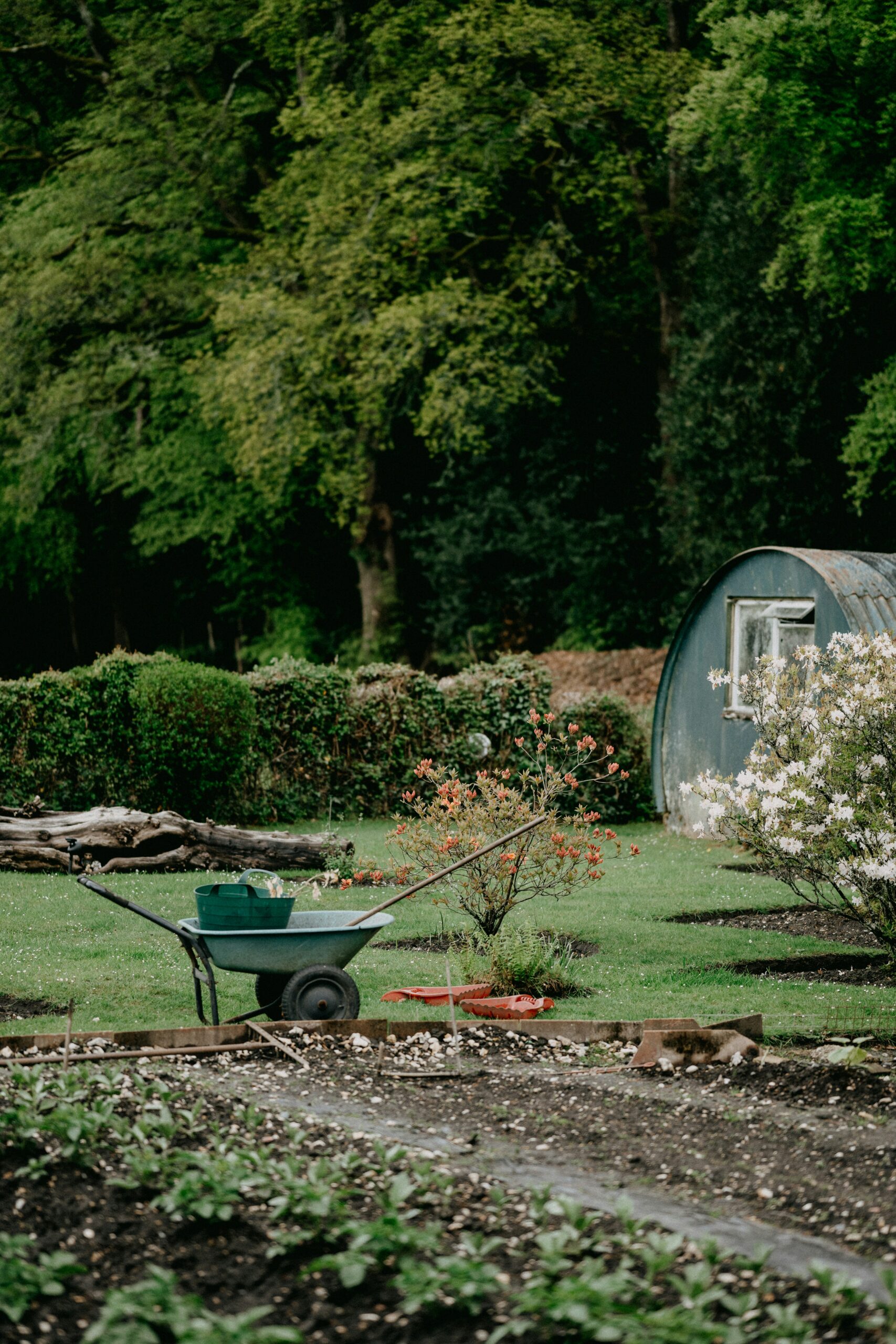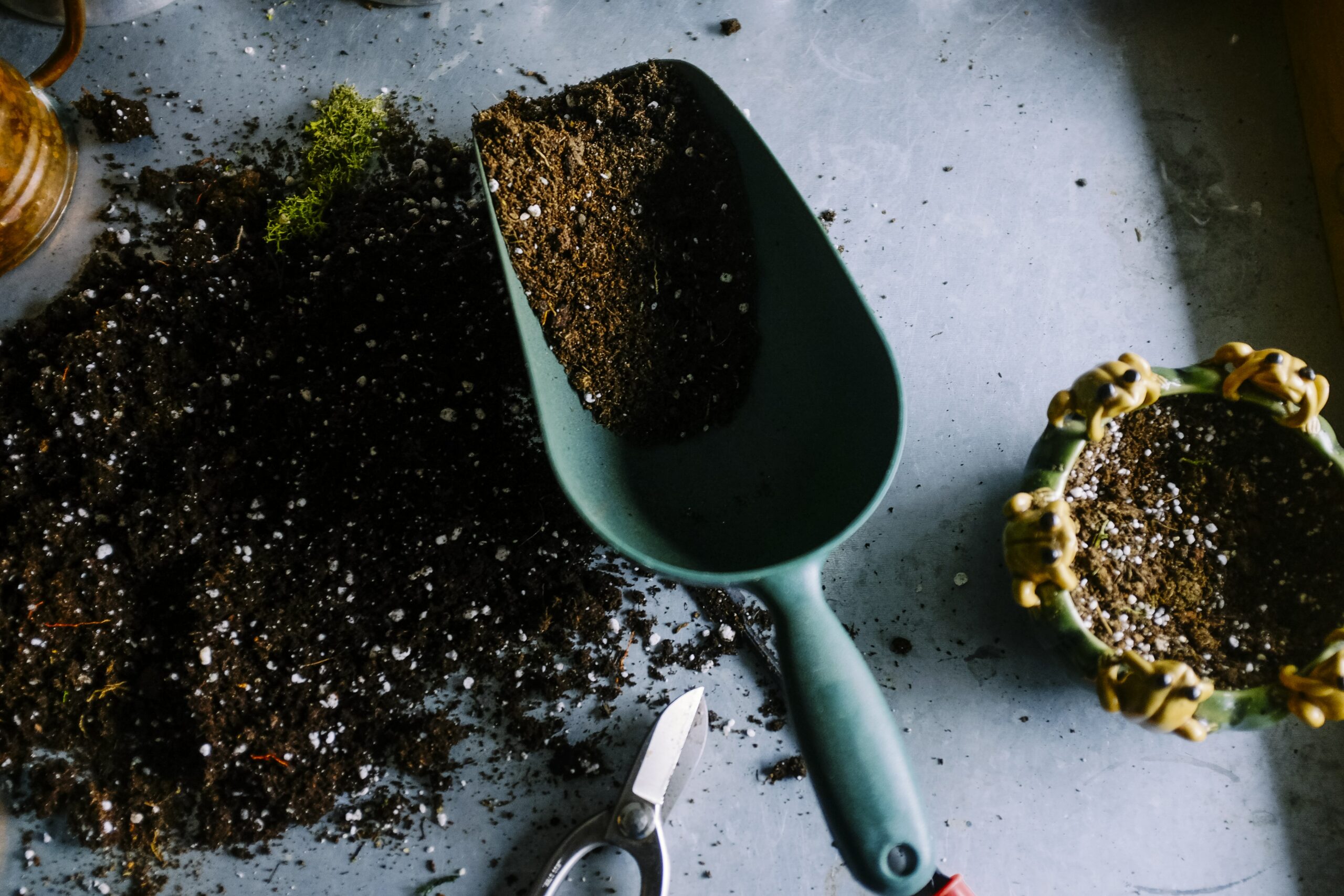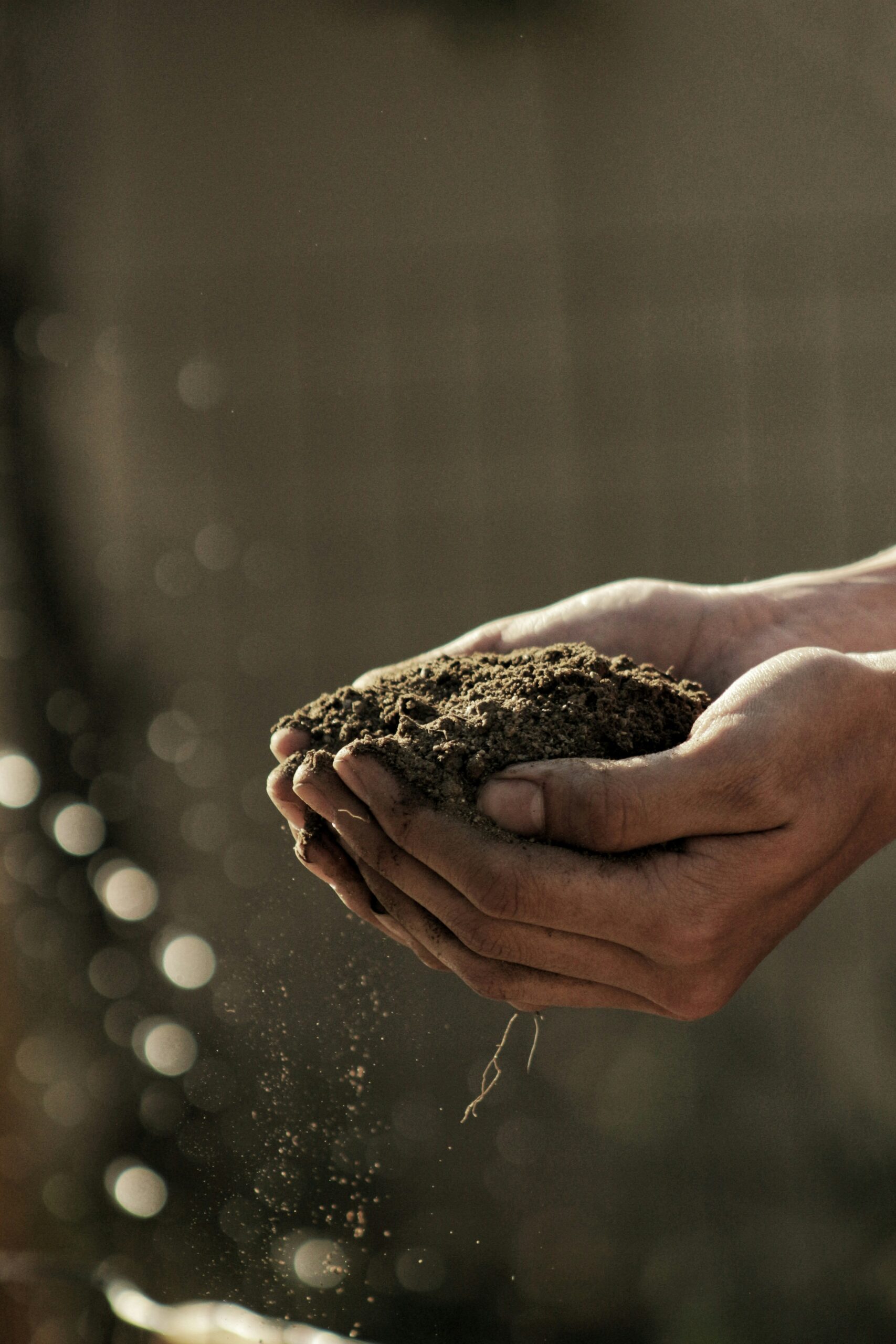
Welcome to “Tips for Leveling Your Garden”! Whether you are a seasoned gardener or just starting out, having a level garden is key to a beautiful and healthy outdoor space. In this article, you will learn essential tips and techniques on how to properly level your garden, from selecting the right tools to ensuring proper drainage.
Get ready to transform your garden into a masterpiece with these helpful tips! Have you been struggling with uneven terrain in your garden? Are you looking for ways to level your garden to create a more aesthetically pleasing and functional space? In this article, I will share some helpful tips and tricks for leveling your garden so you can enjoy a beautiful and well-maintained outdoor space.
Whether you’re dealing with a small backyard garden or a larger landscaped area, these tips will help you achieve a level surface that is perfect for planting, entertaining, and relaxing. Let’s get started!
Assessing the Terrain | Leveling your Garden
Before you begin the process of leveling your garden, it’s important to assess the terrain and understand the slope and contours of your outdoor space. Take some time to walk around your garden and identify any areas that are significantly uneven or sloped. This will help you determine the extent of the leveling work that needs to be done and come up with a plan for how to tackle the project.
Walk around your garden
Start by walking around your garden and taking note of any areas that are uneven or sloped. Look for areas where water tends to pool or where the ground is visibly higher or lower than the surrounding areas. Pay attention to any areas that may be causing drainage issues or making it difficult to mow or plant in certain spots.
Use a level or measuring tool
To get a more accurate assessment of the terrain, consider using a level or measuring tool to determine the slope of your garden. This will help you identify areas that need to be raised or lowered to create a more level surface. You can easily find affordable levels and measuring tools at your local hardware store or online.
Clearing the Area
Once you have assessed the terrain and identified the areas that need to be leveled, the next step is to clear the area of any debris, rocks, roots, or other obstacles that may be making it difficult to achieve a level surface. Clearing the area will make it easier to work with the soil and ensure that you have a clean slate to work with.
Remove any rocks or debris
Start by removing any rocks, stones, branches, or other debris from the area that needs to be leveled. These obstacles can make it difficult to work with the soil and may interfere with the leveling process. Use a wheelbarrow or garden cart to transport the debris to a compost pile or designated area for disposal.
Trim or remove any overgrown vegetation
If there are any plants, bushes, or trees that are overgrown and hindering your ability to level the garden, consider trimming them back or removing them altogether. This will make it easier to access the soil and create a more even surface. Be sure to consult with a professional landscaper or arborist if you are unsure about how to properly trim or remove vegetation.

Adding or Removing Soil
Depending on the terrain of your garden, you may need to add or remove soil in order to achieve a level surface. Adding soil can help raise low spots, while removing soil can help lower high spots. It’s important to carefully consider the amount of soil needed and how it will affect the overall drainage and stability of your garden.
Adding soil to low spots
If there are areas in your garden that are lower than the surrounding terrain, you can add soil to raise the level of the ground. Start by spreading a layer of topsoil or compost over the low spots and use a rake or shovel to evenly distribute the soil. Be sure to compact the soil lightly to create a firm base for planting or landscaping.
Removing soil from high spots
On the other hand, if there are areas in your garden that are higher than the surrounding terrain, you can remove soil to lower the level of the ground. Use a shovel or spade to carefully dig up the excess soil and transfer it to a designated area for disposal. Be mindful of any plants or roots that may be affected by the soil removal process.
Using a Leveling Tool
To ensure that your garden is properly leveled, consider using a leveling tool such as a laser level, string level, or water level. These tools can help you accurately measure the height and slope of the ground and make adjustments as needed to create a level surface. Here are some common leveling tools and how to use them effectively.
Laser level
A laser level is a convenient tool for measuring the height and slope of the ground over a long distance. Simply set up the laser level at one end of the garden and adjust the height until the laser beam is level. Use a measuring tape or ruler to determine the height of the ground at various points and make adjustments as needed.
String level
A string level is a simple yet effective tool for measuring the slope of the ground over a shorter distance. Tie a length of string between two stakes or poles and adjust the height of the string until it is level. Use a measuring tape or ruler to determine the height of the ground at different points along the string and make adjustments accordingly.
Water level
A water level is a traditional tool for measuring the height and slope of the ground using water as a reference point. Fill a clear plastic tube with water and attach it to two stakes or poles placed at different points in the garden. The water level will indicate the height of the ground at each point, allowing you to make adjustments as needed.

Compact the Soil
Once you have added or removed soil and used a leveling tool to achieve a level surface, the next step is to compact the soil to ensure that it is stable and firm. Compacting the soil will help prevent erosion, settling, and unevenness over time, creating a solid foundation for planting, landscaping, or building structures in your garden.
Use a hand tamper or compactor
To compact the soil effectively, consider using a hand tamper or compactor to press down on the surface and remove any air pockets or gaps. Start at one end of the garden and work your way across, using firm and consistent pressure to compact the soil evenly. You can rent or purchase a compactor from your local hardware store or equipment rental company.
Water the soil
To help the soil settle and compact more effectively, consider watering the area lightly after compacting. Use a garden hose or sprinkler to moisten the soil without saturating it, allowing the water to penetrate the surface and encourage settling. Be sure to wait until the soil is dry enough to work with before watering to avoid creating muddy conditions.
Planting and Landscaping
Once you have leveled your garden and compacted the soil, you are ready to start planting, landscaping, or building structures in your outdoor space. Whether you want to create a lush garden with flowers and shrubs, a cozy seating area with a patio or deck, or a functional space for outdoor activities, there are countless ways to enhance your garden and make it a beautiful and inviting retreat.
Planting flowers and shrubs
If you have a green thumb and enjoy gardening, consider planting flowers, shrubs, or trees in your leveled garden to add color, texture, and fragrance to your outdoor space. Choose a variety of plants that thrive in your climate and soil conditions, and be sure to space them out evenly to create a balanced and cohesive look. You can also create a focal point with a garden bed, planter, or trellis to showcase your favorite plants.
Building a patio or deck
For those who love to entertain or relax outdoors, consider building a patio or deck in your leveled garden to create a functional and inviting space for dining, lounging, or hosting gatherings. Choose durable materials such as stone, wood, or composite decking that can withstand the elements and provide a solid foundation for outdoor furniture, grill, or fire pit. You can also add lighting, seating, and decor to customize your patio or deck and make it a cozy retreat.
Installing pathways or retaining walls
To define different areas of your garden and enhance the overall landscape design, consider installing pathways or retaining walls in your leveled outdoor space. Pathways can guide visitors through the garden and create visual interest, while retaining walls can help prevent erosion, create terraced levels, or define planting beds. Choose materials that complement your garden style and color scheme, such as natural stone, pavers, or timber.

Maintenance and Care
Once you have leveled your garden and completed your planting, landscaping, or building projects, it’s important to maintain and care for your outdoor space to ensure that it remains beautiful and functional for years to come. Regular maintenance tasks such as watering, weeding, pruning, and cleaning will help keep your garden looking its best and allow you to enjoy the fruits of your labor.
Watering
Proper watering is essential for the health and growth of your plants, trees, and shrubs in your leveled garden. Be sure to water your plants deeply and infrequently to encourage deep root growth and drought tolerance. Consider installing a drip irrigation system, soaker hose, or sprinkler to water your garden efficiently and conserve water. Monitor the soil moisture and adjust your watering schedule as needed based on the weather conditions and plant requirements.
Weeding
Weeds can quickly take over your garden and compete with your plants for water, nutrients, and sunlight. To keep weeds at bay, regularly check your garden for any unwanted growth and pull them out by hand or use a hoe or weeding tool to remove them. Consider mulching around your plants to suppress weed growth and retain moisture in the soil. Be sure to dispose of weeds properly to prevent them from spreading seeds or root fragments.
Pruning
Pruning is important for maintaining the health, shape, and size of your plants and trees in your leveled garden. Regularly check your plants for dead, damaged, or overgrown branches and trim them back with clean and sharp pruning shears or loppers. Prune flowering shrubs after they have finished blooming to promote new growth and flowering in the next season. Consult with a professional arborist or landscaper if you are unsure about how to properly prune your plants.
Cleaning
Keeping your garden clean and tidy will help enhance the beauty and appeal of your outdoor space. Regularly remove debris, fallen leaves, or dead plant material from your garden to prevent pests, diseases, and moisture buildup. Sweep pathways, patios, or decks to remove dirt, dust, or debris and clean outdoor furniture, decor, or structures to maintain their appearance and longevity. Consider hiring a professional landscaper or cleaning service for larger maintenance tasks or annual cleanup.
Conclusion
Leveling your garden is a rewarding and satisfying project that can transform your outdoor space into a beautiful and functional retreat. By following these tips and tricks for assessing the terrain, clearing the area, adding or removing soil, using a leveling tool, compacting the soil, and planting, landscaping, you can create a level surface that is perfect for enjoying with family, friends, and nature. Remember to maintain and care for your garden regularly to keep it looking its best and continue to enjoy the benefits of a well-leveled outdoor space. Happy gardening!





